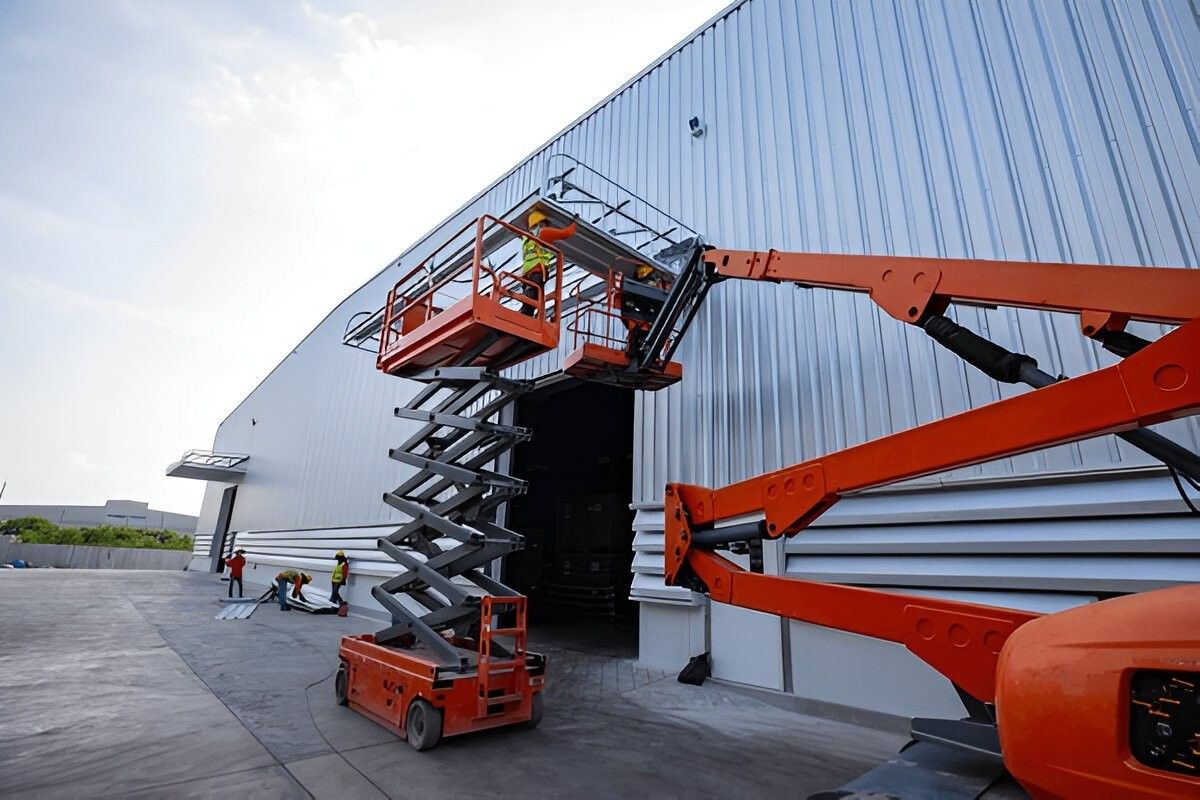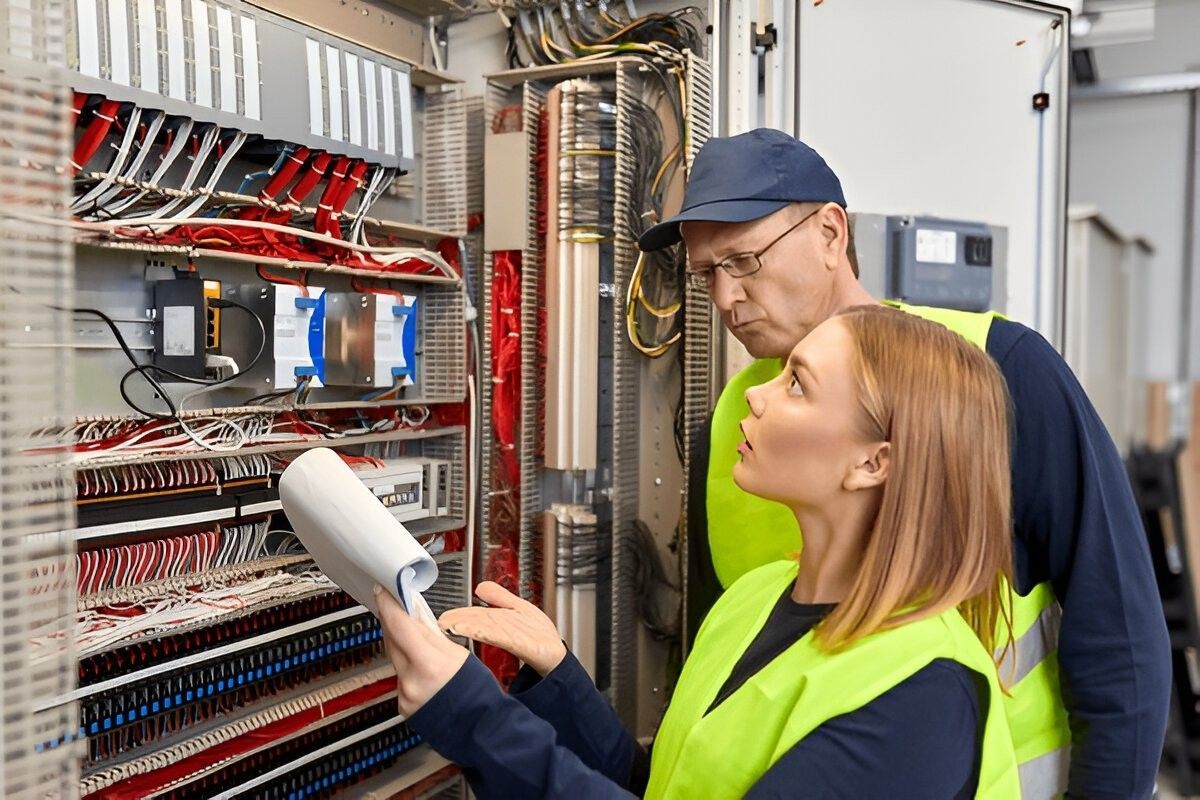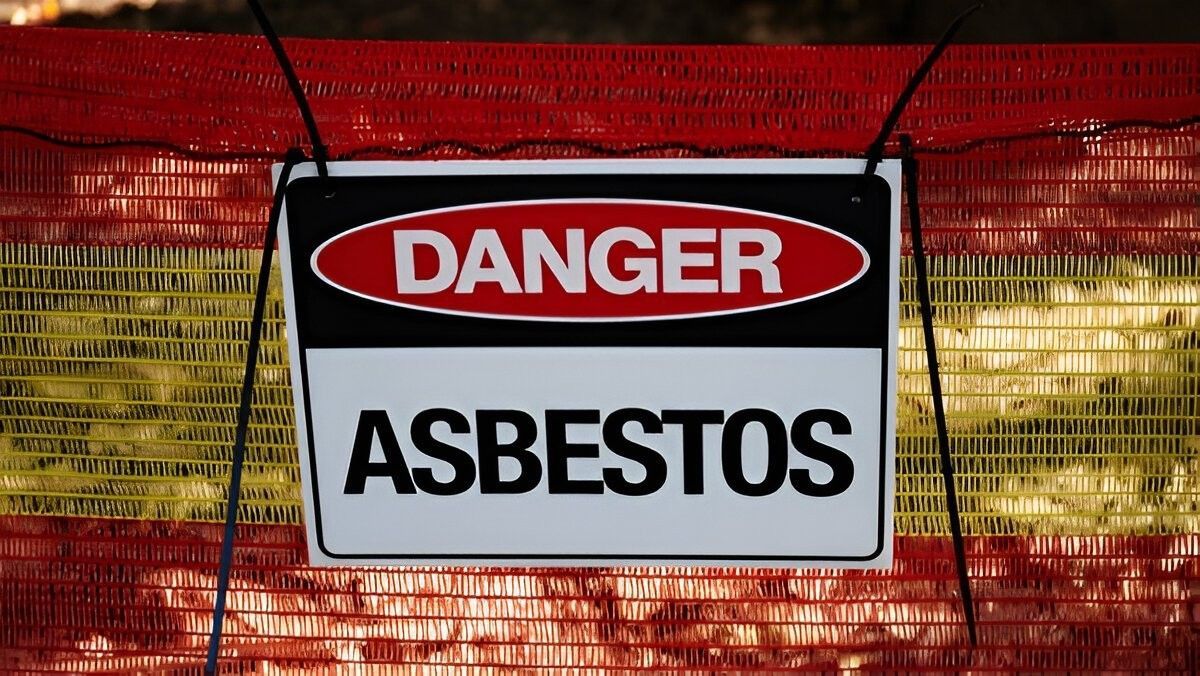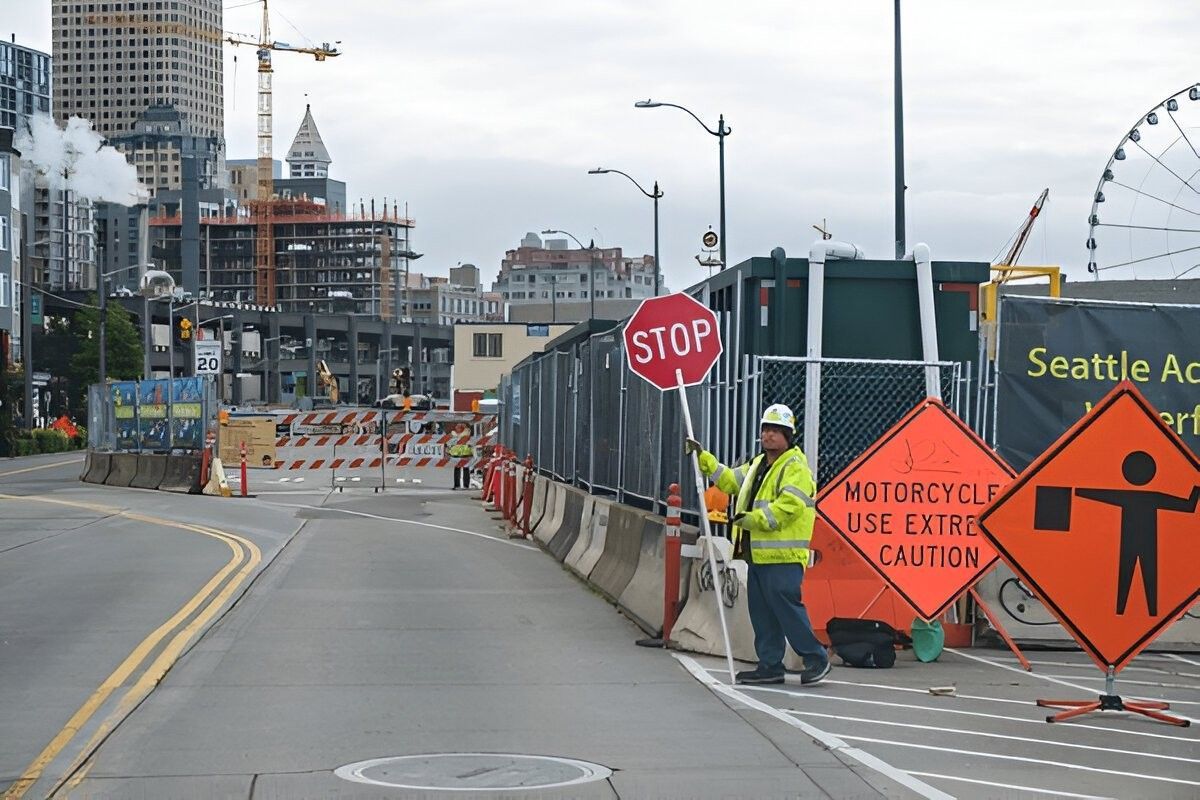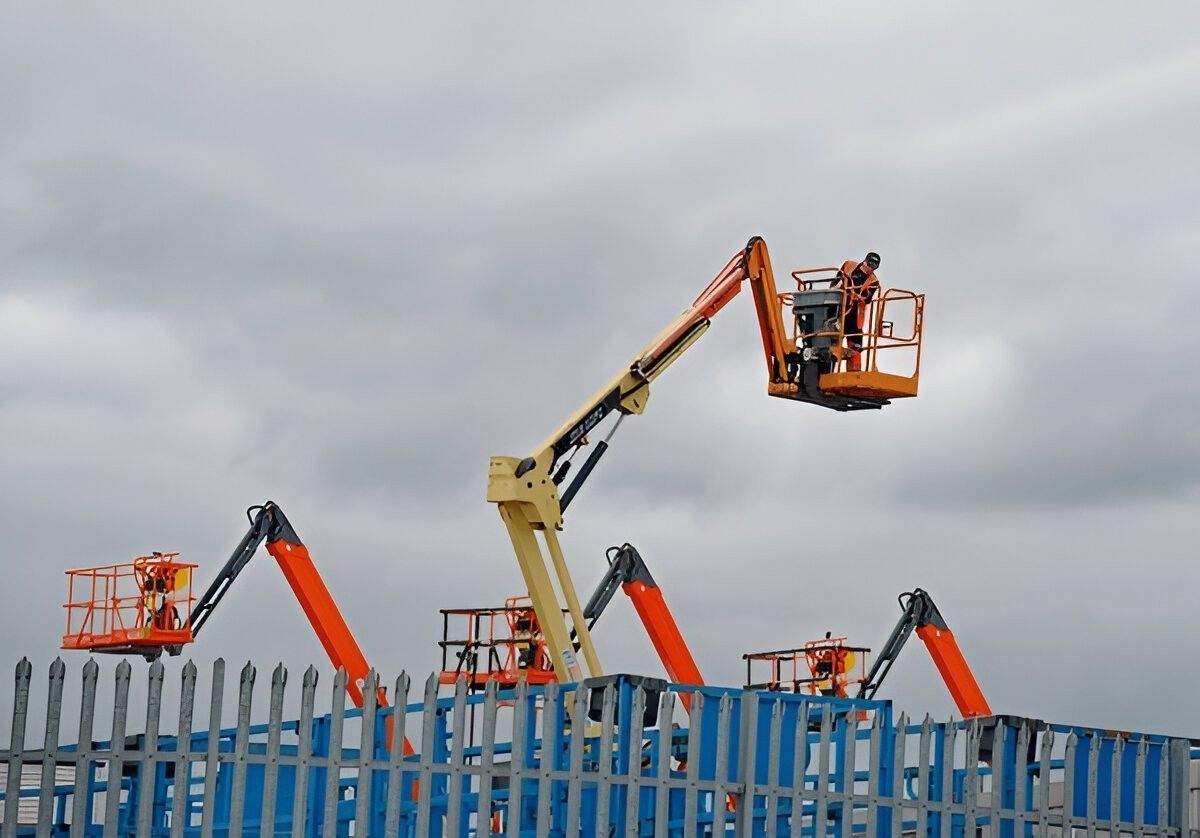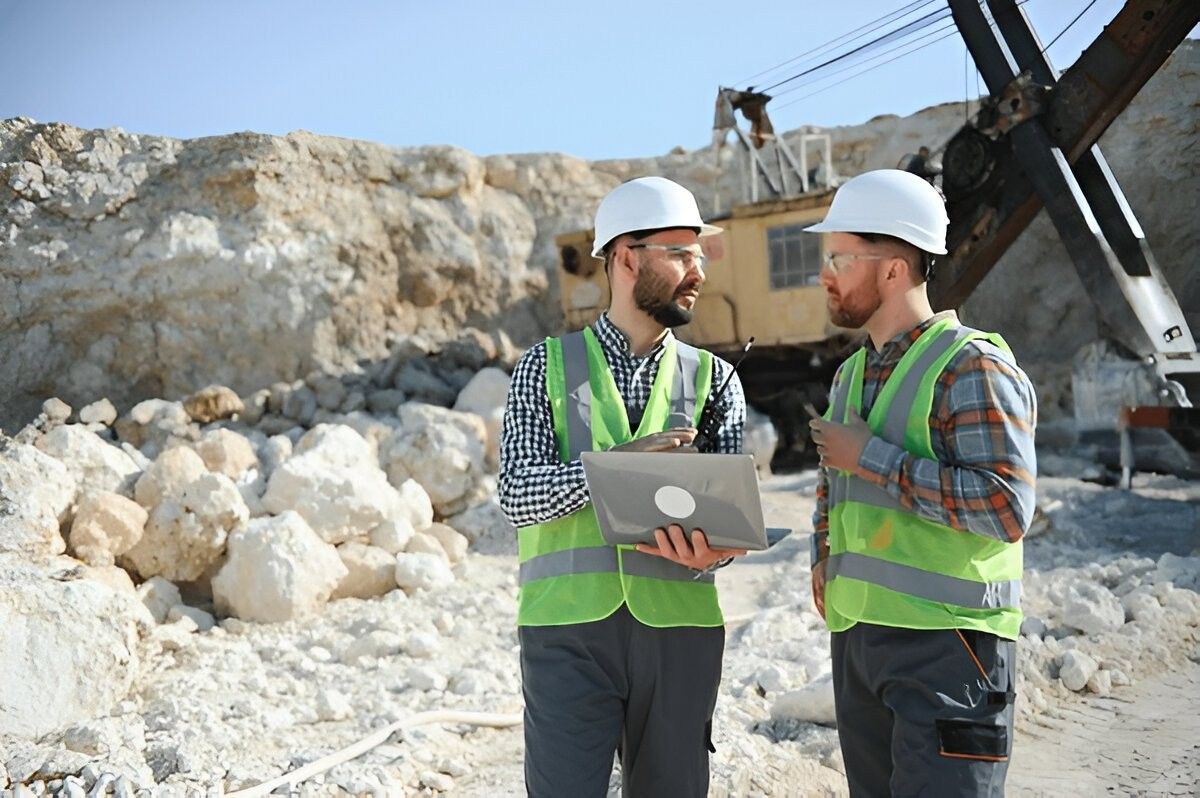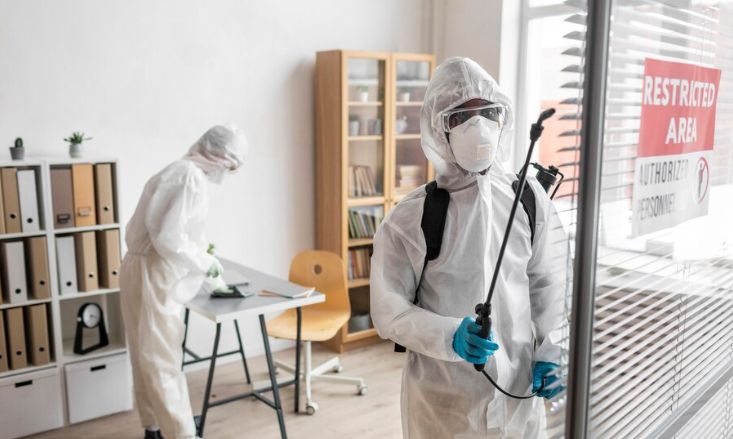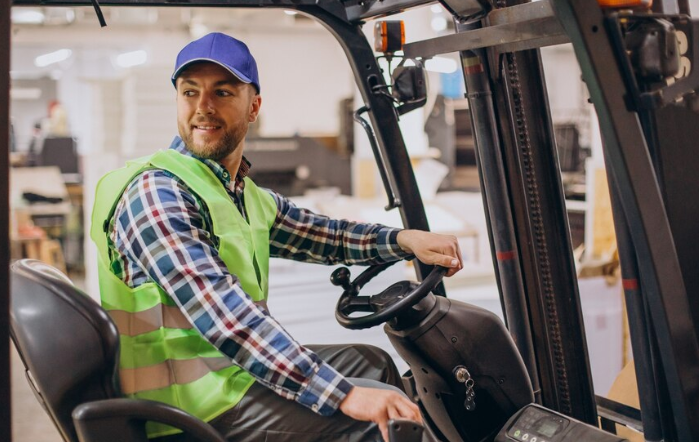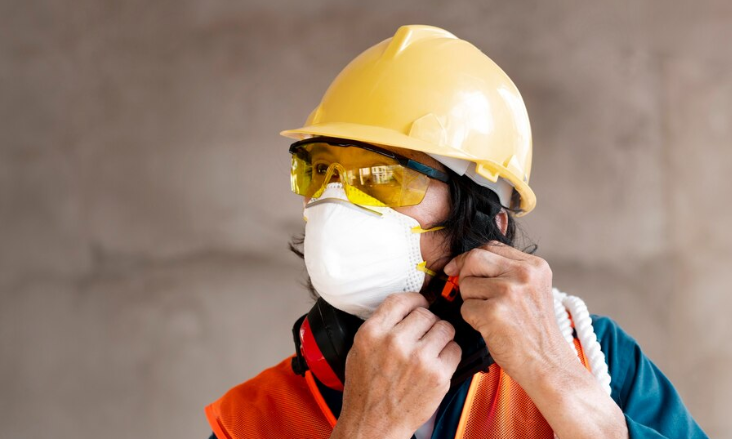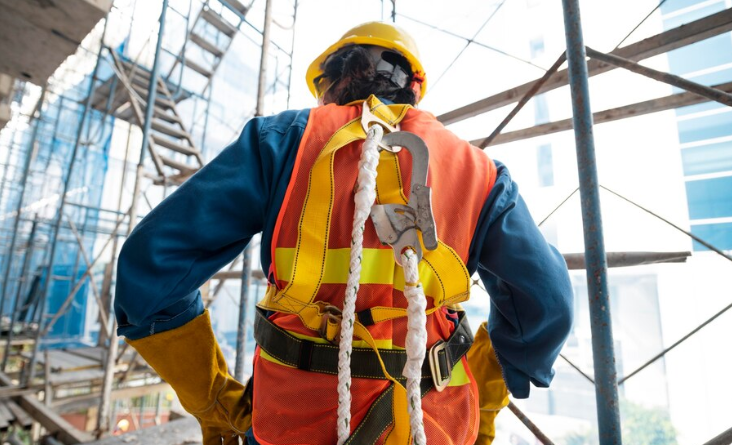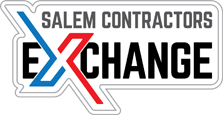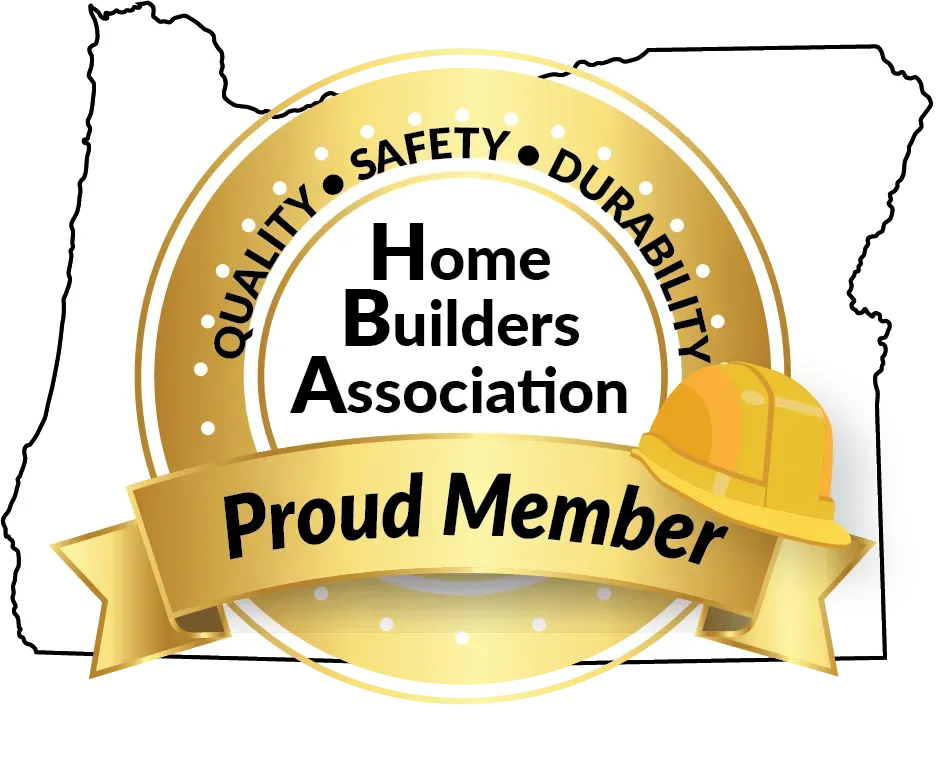Confined Space Accidents Are Rising Get Trained Now Before It’s Too Late
Confined spaces pose a serious danger to workers, with accidents leading to fatalities every year. These hazardous environments, often found in construction, manufacturing, and industrial settings, require strict safety protocols to prevent injuries and deaths. Yet, many workers enter confined spaces without proper knowledge or preparation. This is why confined space entry training is essential it provides the skills needed to recognize hazards, follow safety procedures, and ensure compliance with workplace safety regulations.
Ignoring the risks of confined spaces can have deadly consequences. Without proper training, workers may unknowingly expose themselves to oxygen-deficient atmospheres, toxic gases, or engulfment hazards. A single mistake can turn a routine task into a life-threatening emergency.
Understanding the Dangers of Confined Spaces
A confined space is any enclosed or partially enclosed area with limited access and potential hazards. These spaces are not designed for continuous occupancy and may contain risks such as:
1. Oxygen Deficiency: Low oxygen levels can cause unconsciousness within minutes.
2. Toxic Atmospheres: Exposure to harmful gases like carbon monoxide or hydrogen sulfide can be fatal.
3. Engulfment Hazards: Workers can be trapped or buried by loose materials such as grain, sand, or liquids.
4. Fire and Explosion Risks: Flammable gases and vapors in confined spaces increase the potential for deadly explosions.
Why Confined Space Entry Training is Critical
Proper training is the best defense against confined space accidents. Workers must understand how to:
- Identify Permit-Required Confined Spaces: Not all confined spaces are the same. Some require permits due to the presence of hazardous conditions.
- Test Air Quality: Workers need to know how to use gas detectors to assess oxygen levels and identify toxic gases before entry.
- Use Protective Equipment: Proper use of respirators, harnesses, and ventilation equipment is essential for safe entry and exit.
- Follow Emergency Procedures: Knowing how to respond to confined space emergencies can mean the difference between life and death.
What Does Confined Space Training Cover?
Our Confined Space Competent Person Training program equips workers with the necessary knowledge and skills to safely navigate these hazardous environments. This course covers:
- The definition of confined spaces and permit-required spaces.
- OSHA Regulation 1910.146 and its requirements for confined space entry.
- Safe work practices for confined space operations.
- The role of a Competent Person in confined space safety.
- Identifying whether an area, such as the underside of a house, is a confined space or a permit-required confined space.
The Consequences of Neglecting Confined Space Training
Confined space incidents often result in multiple casualties. When one worker is overcome by hazardous conditions, untrained rescuers may rush in, leading to additional fatalities. In fact, OSHA reports that more than 60% of confined space fatalities involve would-be rescuers.
Companies that fail to provide proper training risk severe penalties, legal liabilities, and irreversible damage to their reputation. Ensuring that every worker understands confined space hazards and safety protocols is not just a regulatory requirement—it’s a moral obligation.
Ending Note:
At KARM Safety Solutions, we specialize in providing comprehensive confined space entry training to help businesses stay compliant and protect their workers. Our training meets OSHA confined space training requirements, ensuring that your team is fully prepared to handle confined space operations safely. We provide detailed instruction, hands-on exercises, and the necessary forms and procedures for confined space entry. Our goal is to equip your employees with the knowledge they need to prevent accidents, respond to emergencies, and work with confidence in confined spaces.
Don’t wait until an accident happens. Contact KARM Safety Solutions today to schedule your confined space training and ensure your team’s safety!
